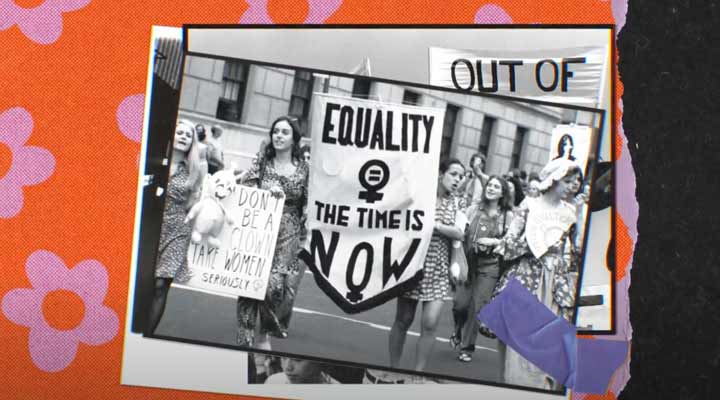What exactly is Motion Graphics?
Motion graphics is an animation technique that combines graphic elements with movement to create a visual narrative. But how does it differ from traditional animation? While the latter focuses on storytelling, motion graphics centres on conveying an idea or message.
With technology evolving constantly, the possibilities for what you can create with this technique are endless. In fact, it’s becoming an indispensable tool today for professionals in animation and advertising, as well as for businesses and brands seeking an engaging and effective way to deliver their message to a target audience. It grabs the viewer’s attention and makes information easier to digest.
What is Motion Graphics used for?
Have you ever wondered what motion graphics is actually for?
In the film and television industry, it’s crucial for creating special effects, opening credits, and real-time graphics that enhance narratives. For example, an advert for watches showing the inner workings of the mechanism, or a sci-fi film with spaceships soaring through a futuristic world, would often be produced using motion graphics.
It’s also widely used in web design to add animated elements that improve user experience on websites. And yes, it’s increasingly popular in mobile apps and social media to draw attention and boost user interaction.
Motion graphics is gaining ground in business presentations and documentaries too, as it helps illustrate concepts and makes information more accessible. And let’s not forget its role in educational apps, where it presents content in a more appealing, dynamic, and entertaining manner for students!
How to Create Motion Graphics? Software for Animations
There are several software options for creating animations in motion graphics. Some of the most popular include:
Adobe After Effects
This offers a wide array of animation tools, effects, and compositing features, along with the ability to work with layers and masks. It’s compatible with other Adobe apps like Photoshop and Illustrator.
Cinema 4D
A 3D animation and modelling software that produces high-quality graphics. It’s favoured by designers and professionals in the film and TV industry.
Blender
An open-source 3D animation and modelling software. It’s a great free alternative to programmes like Cinema 4D.
Houdini
Developed by SideFX, this is a 3D animation, modelling, and simulation software often used for special effects, fluid simulations, and particles.
Nuke
A compositing and visual effects software used for compositing and colour correction.
Final Cut Pro X
Professional video editing software for Mac, featuring video and audio editing tools, as well as animation and visual effects options.

Trends and Future Developments in Motion Graphics
We’re currently seeing a trend towards 3D graphics and the integration of augmented and virtual reality in projects. Looking ahead, we can expect greater incorporation of artificial intelligence and automation in motion graphics creation, enabling faster and more efficient content production.
Real-time interaction is also poised to become a rising trend, allowing users to engage with graphics as they’re playing, creating a more immersive experience.
Another emerging development is generative animation. This technique involves automatically generating animations via algorithms, producing content that adapts seamlessly to a project’s needs.
Finally, real-time rendering capabilities are already becoming a trend, as they allow for high-fidelity, realistic graphics and animations to be created on the fly, enhancing the overall user experience.
How to Become a Motion Graphics Designer?
A motion graphics designer needs a blend of technical and creative skills. First and foremost, experience with graphic design tools like Adobe After Effects, Adobe Illustrator, and Adobe Photoshop is essential. Naturally, you must master 2D and 3D animation, along with traditional and digital animation techniques.
To achieve this, a solid understanding of composition, colour, lighting, and perspective is necessary. You’ll also need to be proficient in video editing software such as Adobe Premiere or Final Cut Pro, and know how to synchronise animations with music and sound effects.
Additionally, experience in programming and languages like HTML, CSS, or JavaScript is beneficial. And last but not least, staying up to date with current and future trends and technologies is crucial for creating fresh, modern, and effective animations.







